Sneezing is a natural bodily function, a reflex that clears the nose of irritants and potentially harmful particles. However, for some, sneezing isn’t just a momentary inconvenience; it can cause muscle strain and discomfort, leading to persistent pain. Understanding the link between sneezing and muscle strain is crucial in preventing and alleviating strain-related pain.
The Mechanism: Sneezing and Muscle Strain
A sneeze involves the sudden, forceful expulsion of air through the nose and mouth. During a sneeze, the muscles throughout the body, particularly the abdominal, chest, and back muscles, contract involuntarily. This sudden contraction can strain these muscles, especially if they are weak or if the body is not adequately prepared. When these muscles experience strain, it can result in discomfort or pain, commonly felt in the chest, abdomen, or back. People who already have underlying muscle issues or conditions like muscle weakness or previous injuries may be more susceptible to strain when sneezing.
Prevention Strategies
- Strengthening Exercises: Engaging in exercises that strengthen core muscles can help prevent strain. Activities like yoga, Pilates, or specific core-strengthening exercises can fortify muscles, making them more resilient to sudden contractions caused by sneezing.
- Proper Body Mechanics: Being mindful of body posture and alignment is crucial. Maintaining good posture supports the spine and reduces strain on muscles, potentially minimizing the impact of a sneeze.
- Stretching: Regular stretching routines, particularly targeting the chest, back, and abdominal muscles, can improve flexibility and reduce the risk of strain when sneezing occurs.
- Supportive Measures: When anticipating a sneeze, providing support to the body by bracing the abdomen or holding onto a stable surface can help distribute the force, minimizing the impact on muscles.
- Healthy Lifestyle Choices: Maintaining a healthy weight and avoiding habits that weaken muscles, such as smoking or excessive alcohol consumption, can contribute to overall muscle health and reduce the likelihood of strain.
Treatment and Relief
- Rest and Ice: Applying ice to the affected area can reduce inflammation and provide relief. Resting the strained muscles allows them time to recover.
- Heat Therapy: Alternating between heat and cold therapy can also help alleviate pain and relax muscles. Heating pads or warm baths can ease discomfort.
- Pain Relief Medication: Over-the-counter pain relievers like ibuprofen or acetaminophen can help manage pain and reduce inflammation. However, it’s essential to consult a healthcare professional before taking any medication.
- Gentle Exercises: Once the acute pain subsides, gentle stretching and low-impact exercises can aid in the recovery process by promoting flexibility and strength.
- Physical Therapy: In severe cases or for persistent pain, consulting a physical therapist can provide tailored exercises and techniques to rehabilitate the strained muscles effectively.
Conclusion :
While sneezing-induced muscle strain may seem like a minor issue, it can lead to significant discomfort and inconvenience. By understanding the mechanics behind sneezing and employing preventive strategies such as strengthening exercises, proper body mechanics, and healthy lifestyle choices, individuals can significantly reduce the risk of muscle strain. In cases where strain does occur, prompt treatment and relief measures, including rest, temperature therapy, and possibly physical therapy, can aid in recovery and prevent further complications.
Remember, while these strategies can be beneficial, it’s always wise to consult a healthcare professional, especially if the pain persists or worsens. Ultimately, proactive care and mindful practices can go a long way in minimizing the impact of sneezing-induced muscle strain and maintaining overall muscle health.






